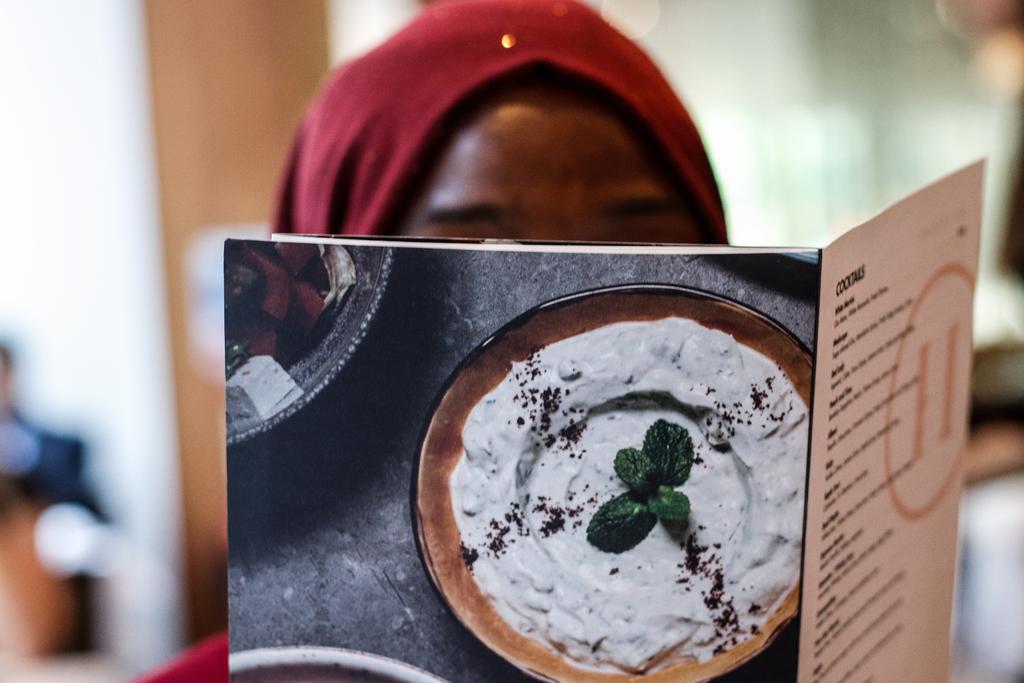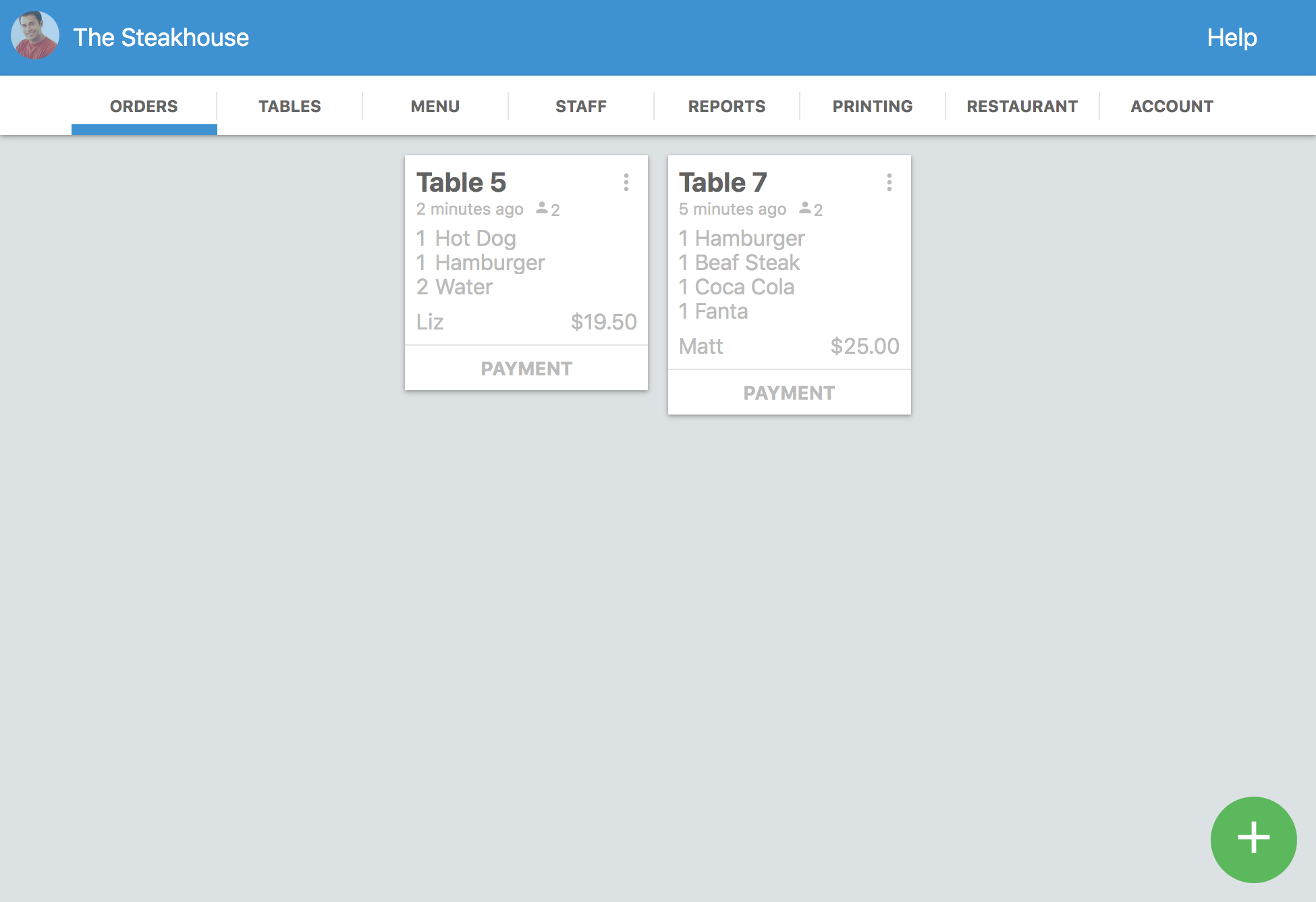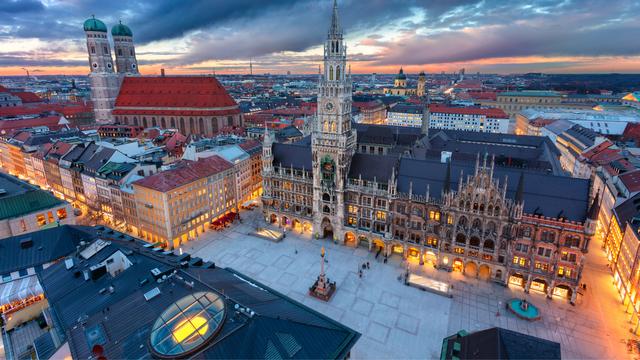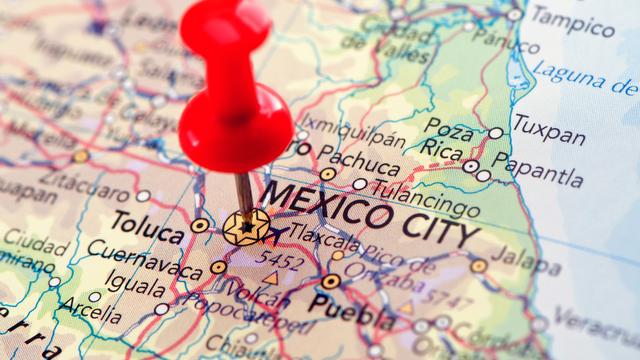You don’t know the different types of restaurant menus?
Not sure what type of menu to choose for your business?
There are several types of restaurant menus that you can choose for your restaurant.
The menu of a restaurant is an important part of the sales strategy, so choosing the best type of menu is vital for your business.
In this article, I will talk about:
- The different types of restaurant menu
- Their advantages and disadvantages
- And everything you must consider to choose the best type for your business
When you finish reading this article, you will know the different types of menus, and you will know which is the best type that you can use in your restaurant.
Let's get started!
Types of Restaurant Menu
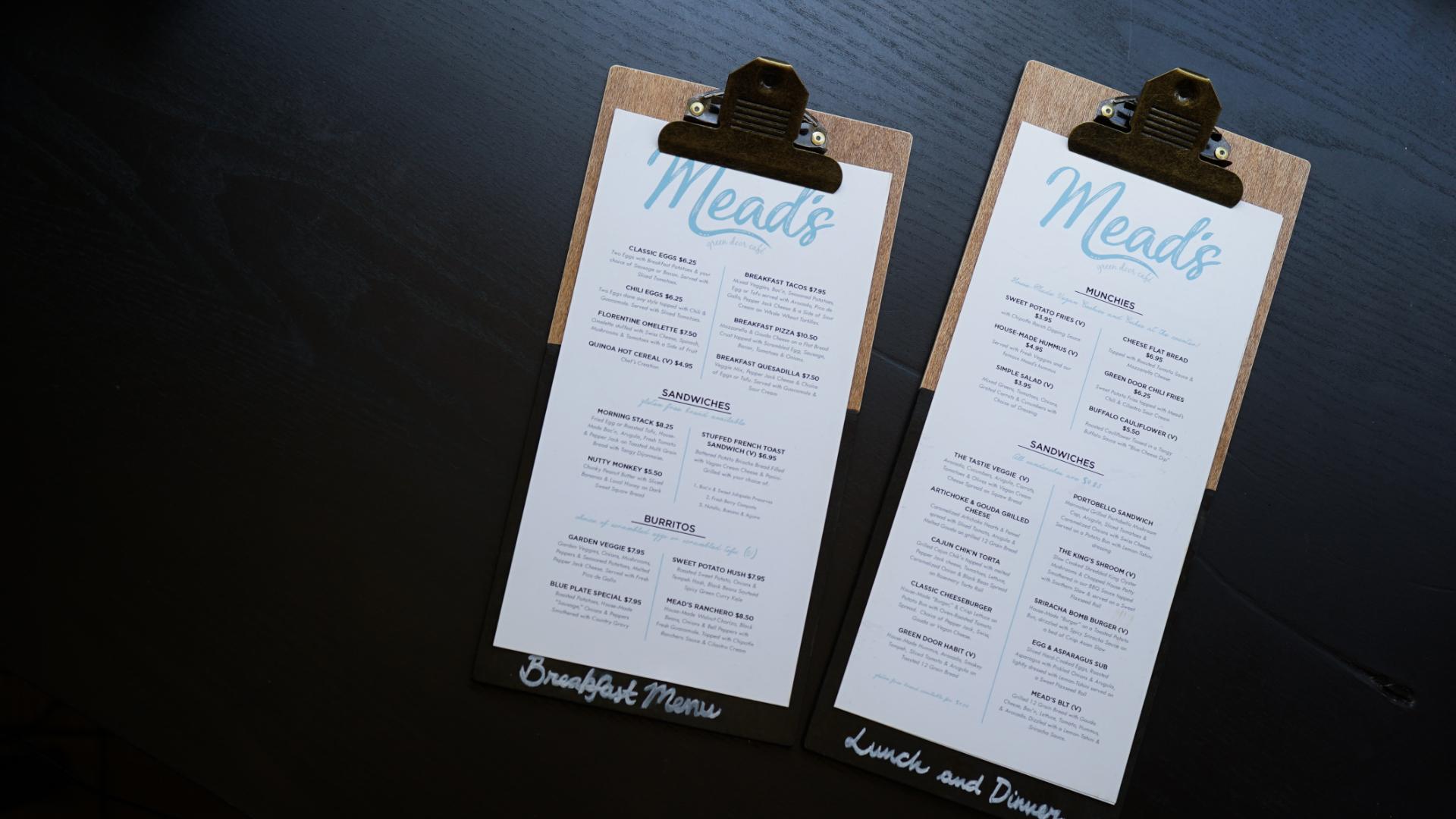
As I mentioned earlier, there are many types of restaurant menus.
Each of them has advantages and disadvantages that make them perfect for certain types of restaurants, and poor options for other types.
Also, in my experience and according to my research, there is not really a useful classification for the different types of menu that exist.
Therefore, I have created a classification that is easy to understand, and that helps new entrepreneurs decide what is the best type of menu.
I have classified the different types of restaurant menus into four categories
- Static menus
- Dynamic menus
- Menus according to the food they offer
- And finally, physical or digital menus.
Next, I tell you in-depth about each type.
Dynamic Menus
Dynamic menus are those that do not have constant elements or items in their composition.
The main types of dynamic menus are menus of the day and cyclical menus.
Menus of the Day
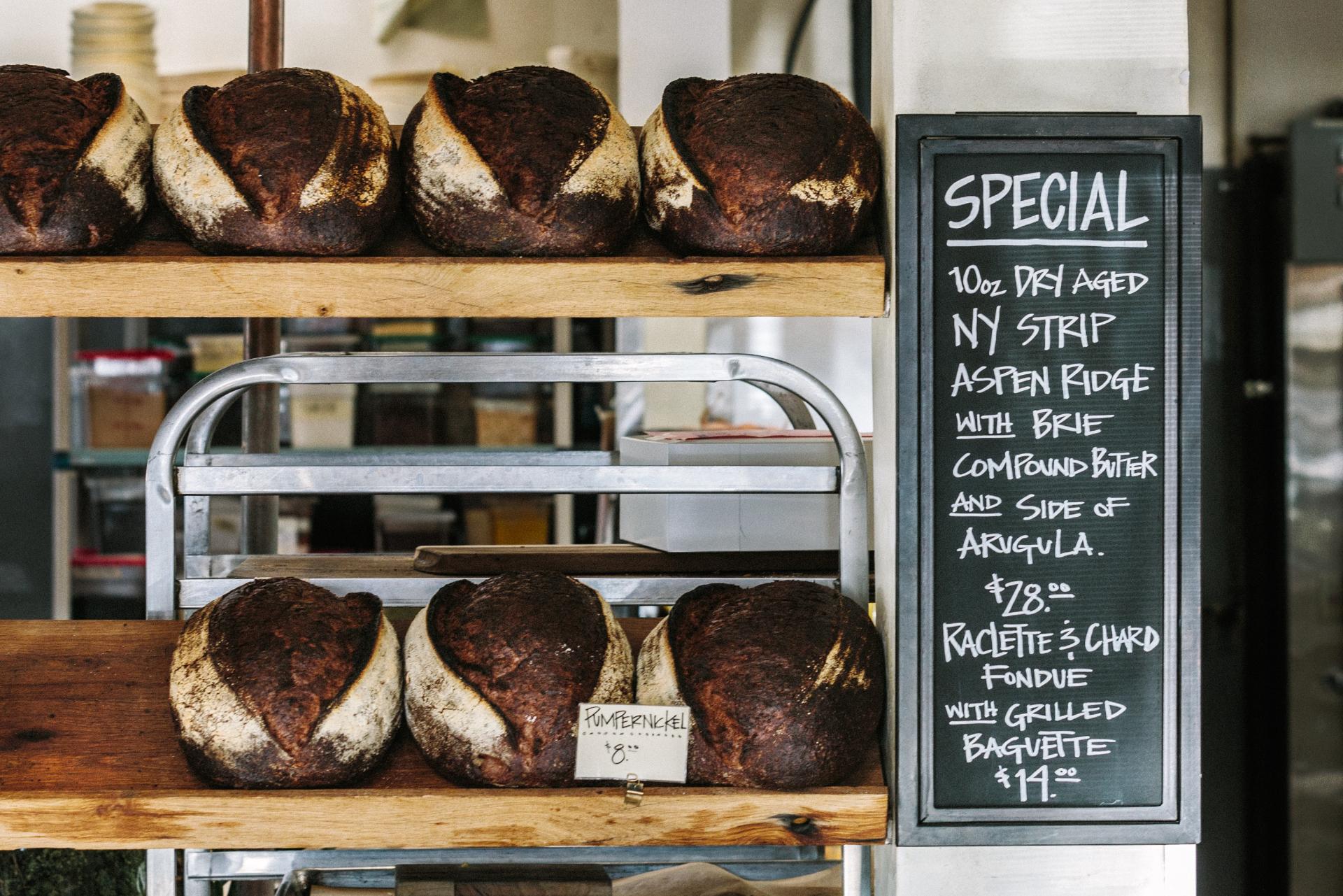
The menus of the day are those that offer individual dishes or a course of different dishes each day.
The advantages of this type of menu vary.
They are one of the most interesting and versatile menus, since they allow chefs and cooks to have creative freedom about what is prepared each day.
These menus are also great if you have a restaurant with diverse options regarding the ingredients you can use, as the possibilities are endless.
It should be noted that it is a type of menu that keeps restaurants with a gastronomic offer wide and unique enough to attract connoisseurs, critics, foodies, and more.
On the other hand, it has two disadvantages that can eliminate the option immediately.
For example, chefs and cooks must have a great deal of experience and creativity at all times to execute them — creativity runs out and experience isn’t always available.
Due to these disadvantages, it is possible that the execution of the dishes is not always good enough, and that the menu of the day is not very viable.
Cyclic Menus
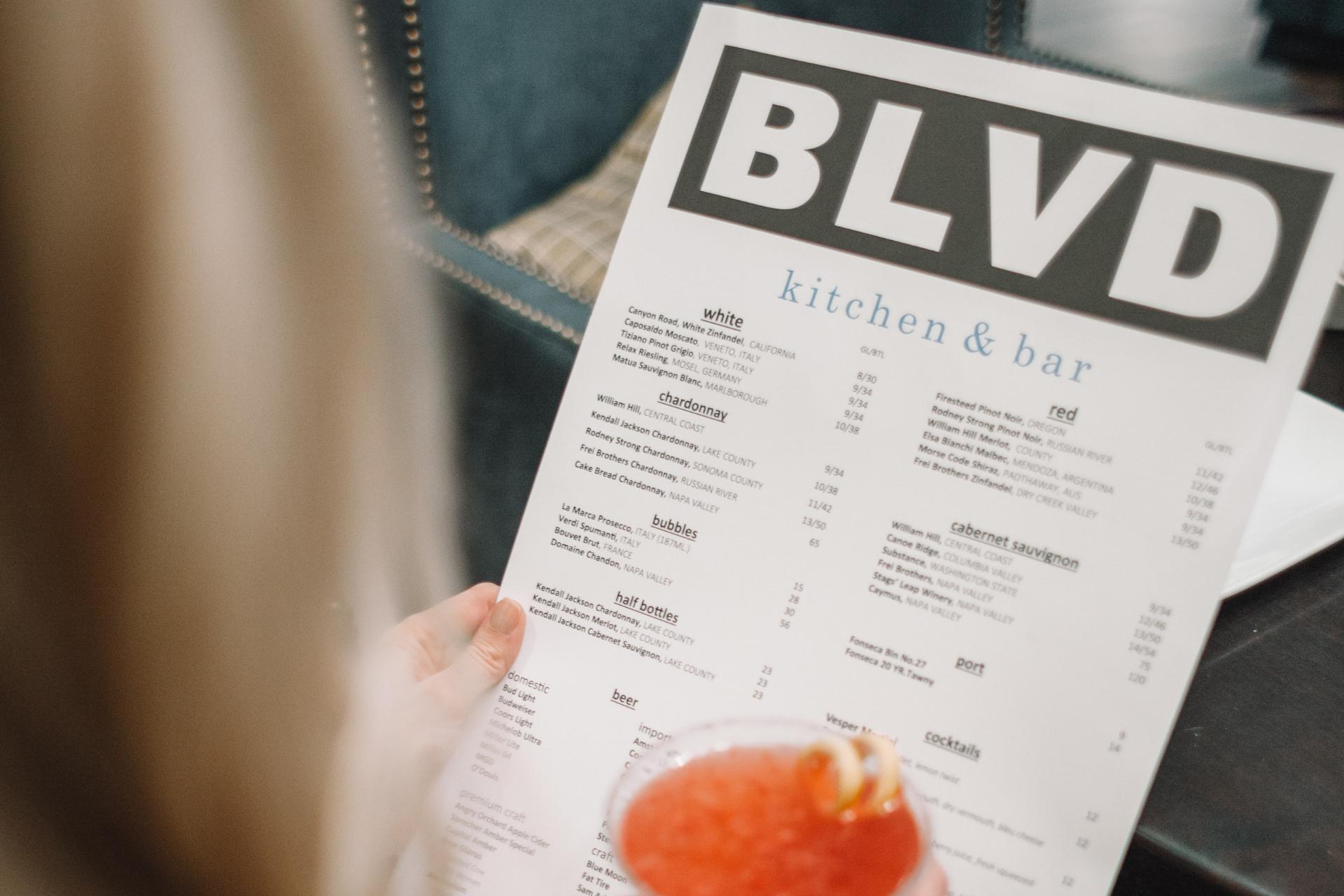
Cyclic menus are those that, as the name implies, repeat themselves in a cyclical pattern over a set period of time.
Cyclic menus qualify as mixed menus since most of the time they are extensive static menus, and only part of the menu is used every day.
This is what makes it dynamic — the dish rotation.
One of the main advantages of this type of menu is that it keeps the customer interested.
Many customers may have a favorite dish, so you can be sure they will return when it is available.
Also, because it rotates dishes, it keeps the menu interesting.
It also keeps the work interesting and is a great menu if you want to create a rotation of positions within the restaurant kitchen so that all the cooks know how to prepare the different dishes.
On the other hand, it is a risky type of menu, since the lack of consistency can alienate customers who have favorite dishes, but who cannot have them whenever they want, but on specific days.
Static Menus
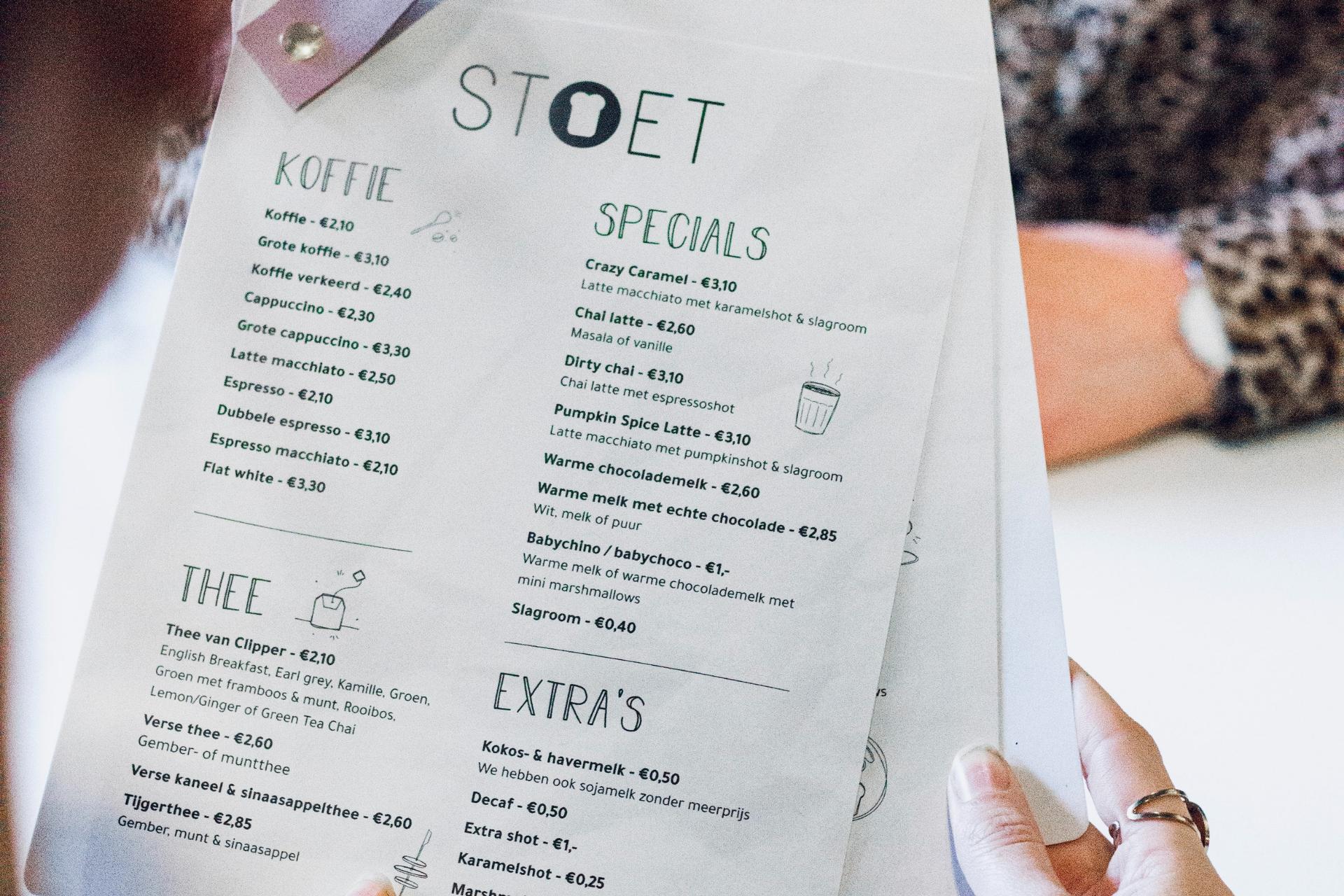
Static menus are the most widely used in the restaurant industry.
In general, they're easier to maintain, they’re easier to integrate widely available ingredients, and are great for keeping customers happy with the same dishes.
There are also more types of static menus:
- Classic menu
- Fixed menus or prix fixe menu
- A la carte menus
- Tasting menus
- Catering menus
It should be noted that static menus are not used indefinitely, but can be changed at any time depending on the convenience of the change.
Classic Menu
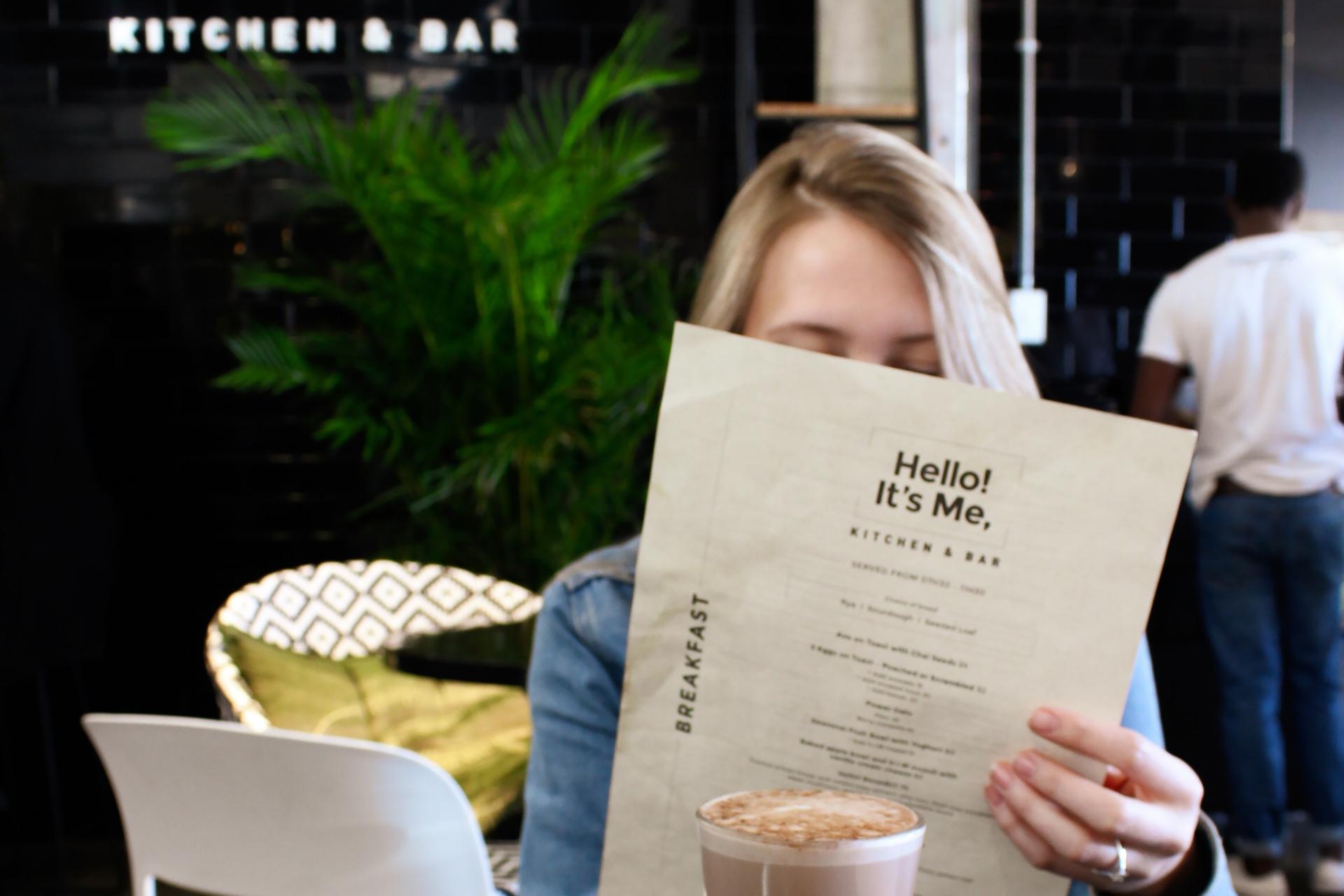
A classic static menu is a type you can find in most types of restaurants today.
These are menus of different sizes that have specific dishes for the restaurant’s service.
It is invariable unless they’re applied in conjunction with special of the day, that it is a specific dish that changes daily.
This type of menu is great as it requires little maintenance and is applicable anywhere with access to the same ingredients all year round.
They are also very good for building customer loyalty in your restaurant, especially if all the dishes on the menu are very good in terms of quality — not to mention profitability.
On the other hand, this type of menu is not infinite, and it is not a good idea to trust that sales will always be good. It is a good idea to consider adding new dishes or studying the sales of each dish and eliminating the least sold to optimize the menu.
Also, customers can get tired of the same culinary offer, so it is good to vary things by creating a new menu, adding of course the favorite dishes of your regular customers.
Fixed Menus or Prix Fixe Menu
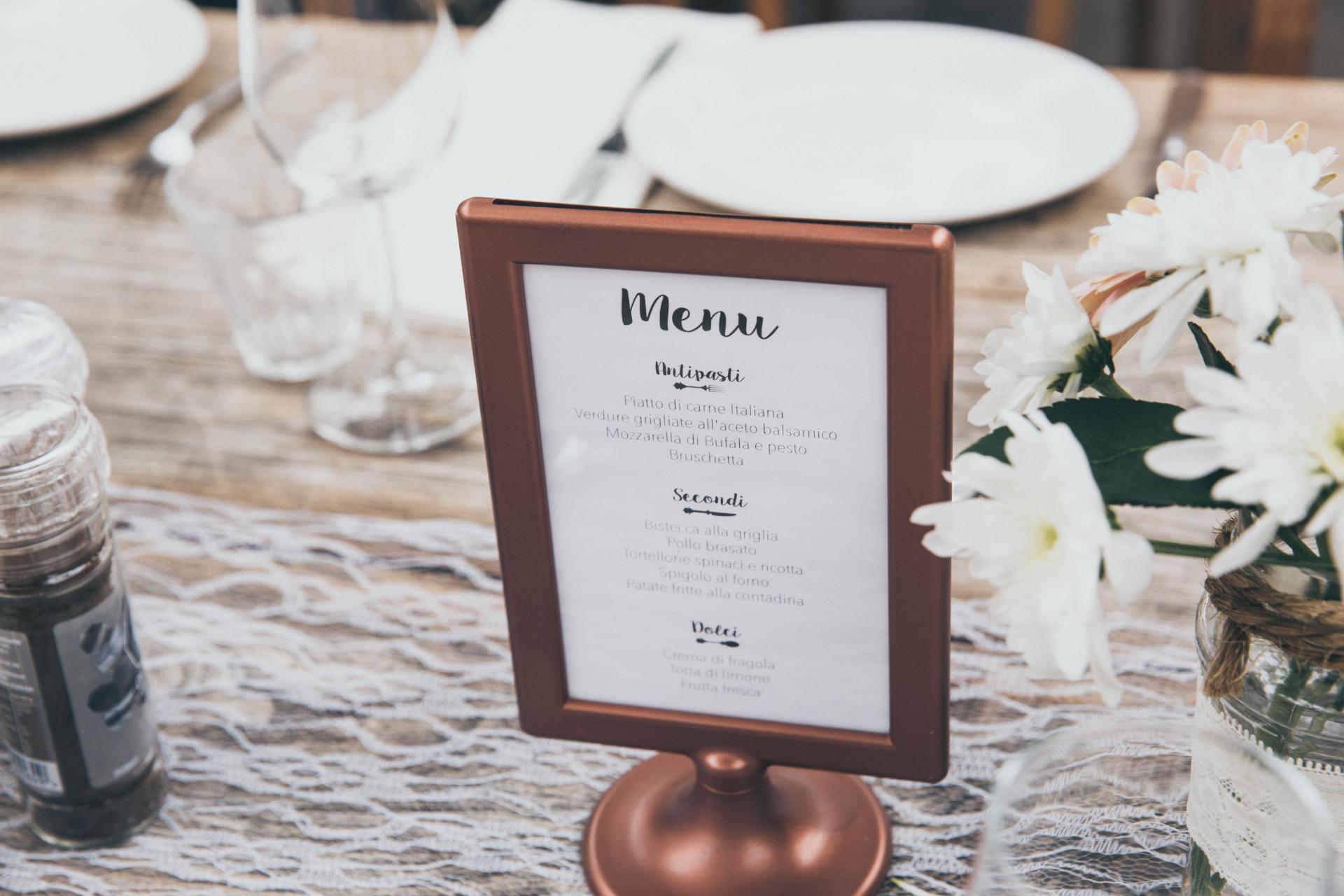
Fixed menus, fixed price, or prix fixe menus, are those that have a course of dishes and a defined price.
They are usually made up of appetizers, soups or salads, entrees, main dishes, and desserts. They may have different options for each type of dish, but the final price has been calculated so that it is always the same.
These types of menus are very similar to tasting menus. The main difference is that the dishes on a tasting menu are made up of more dishes, and their purpose is to present diners with the best dishes created by the chef.
On the other hand, fixed price dishes are intended to offer the same food to all diners, for the same price.
Menus à la carte
Menus à la carte are those that place each of the dishes individually on the menu, be they contours, main dishes or entrees, and more. All are displayed individually and with their prices.
This gives the diner the freedom to decide what they want to eat, without having to choose pre-defined dishes.
The main advantage of this type of menu is that they are very versatile, which is appreciated by customers.
It also ensures high-quality dishes, since each one is made individually, and can be perfected.
On the other hand, this type of menu is not the most suitable for all restaurant kitchens. It will take really good organization, preparation, and teamwork so that each dish is ready at the same time.
This can complicate cooking, as multiple stations will be required to fulfill each order — although this also depends on how extensive the menu is.
It might also increase the difficulty of the service, because more waiters will be required to serve the different dishes, depending on the orders — some types of restaurant services are better suited for this type of menu.
Tasting Menus
A tasting menu is composed, as I mentioned before, of various dishes chosen by the chef to delight diners with his experience, skill, and technique.
In addition, each dish has been created to harmonize with each other and to offer a homogeneous and impressive experience to each client.
The main advantage of this type of menu is that it has numerous dishes — which may or may not be organized to offer a specific experience.
The other advantage is that it is a menu created to delight the customer with all the preparations, so each one is of high quality and creates a great impression on diners.
Tasting menus generate many profits for restaurants, since depending on their composition, and because they are used in haute cuisine restaurants, they can be expensive.
There are few downsides to this type of menu.
The main one is that they cannot be used in all restaurants.
They are normally used in high-quality restaurants, which also have a large amount of equipment and personnel to carry them out without issues.
Catering Menus
Catering menus are used in events by restaurants or services dedicated solely to catering.
These menus are static because they are made up of a selection of specific dishes that are planned based on the taste of the event organizer, which may in turn be based on the tastes of the guests attending the event.
In most cases, these are dishes prepared in advance of the event to offer a good gastronomic experience without delays.
It should be noted that they can be menus of different types or culinary styles, and in some cases, they are not used to satisfy diners, but as an extra part of the event — though this is not always the case.
Catering menus do not have specific advantages, as it is an event service that may be offered only once, and the menu does not really depend on the restaurant or caterer, but on the customer.
Menus According to the Type of Food
This category includes dessert menus, children's menus, and drinks menus. Some of them are divided into subcategories that I will tell you about later.
Dessert Menus
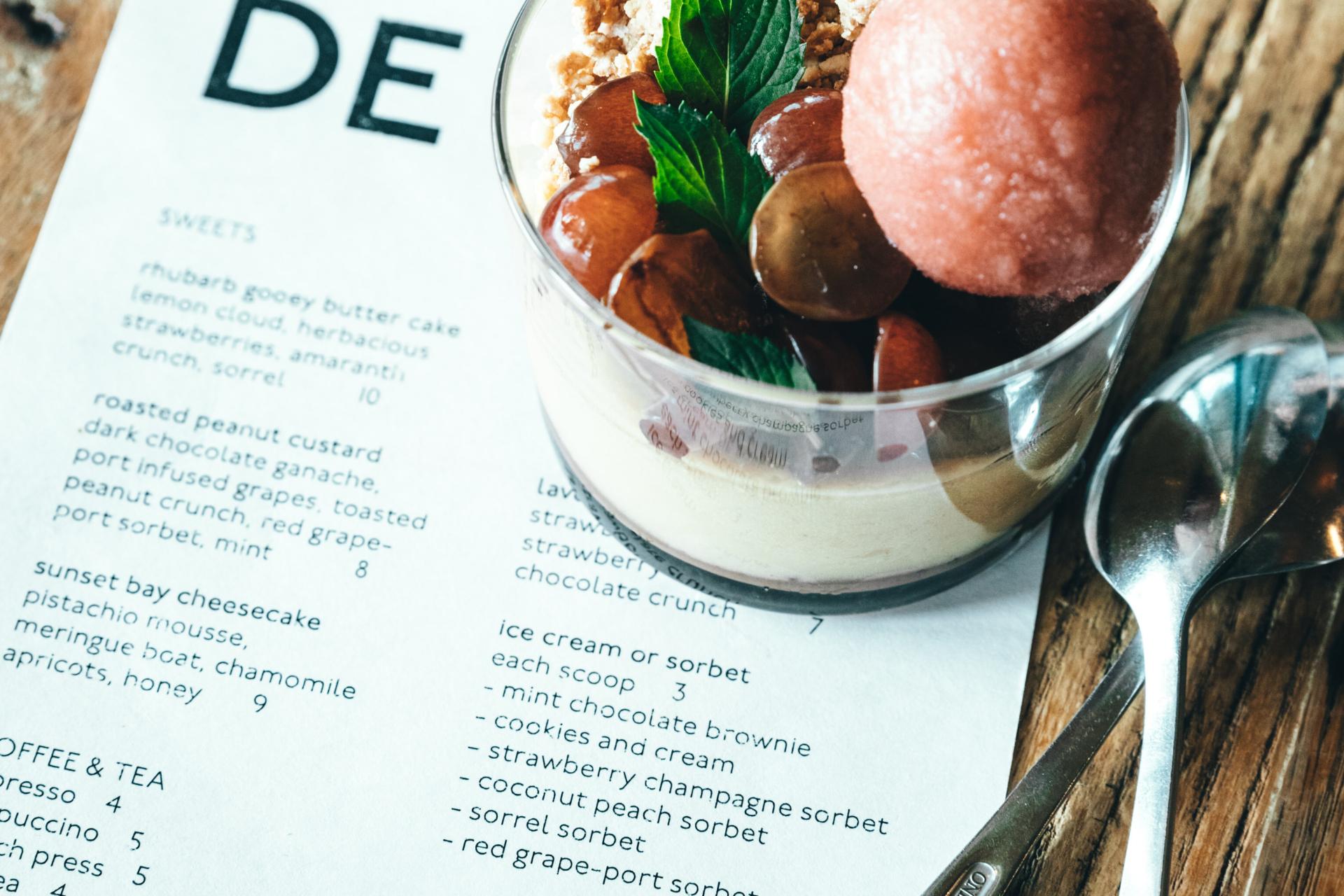
Dessert menus are those that, as the name suggests, are made up of foods considered desserts — which include a large number of preparations.
Dessert menus can be of various types, such as fixed, tasting, and more than those mentioned above.
The only difference is that they are made up solely of desserts.
The advantages of this type of menu are interesting. There are, for example, dessert-based restaurants, which allow dessert menus to take on the advantages of other types of menus on which they are based.
Also, having a separate dessert menu in your restaurant is great if you have a wide variety of delicious desserts that can satisfy your diners.
Still, sometimes having a dessert menu is not necessary, especially if you don't have a large number of desserts to offer in your restaurant — in which case you can append them to your main menu.
Menus for Children
The menus for children are made up of food that can be considered attractive to the little ones. Also, they can be made up of healthy food for children, which can also satisfy the most difficult palates.
The dishes on these types of menus are simple, easy to prepare, they don't have many spices, and they are usually combinations that work.
The main advantage of offering an exclusive menu for children is that you give the adults in the family peace of mind since they know that they can take the little ones to your restaurant and they will find suitable options for children there.
This is not mandatory, however, there are no notable disadvantages of offering this type of menu in your business.
Drink Menus
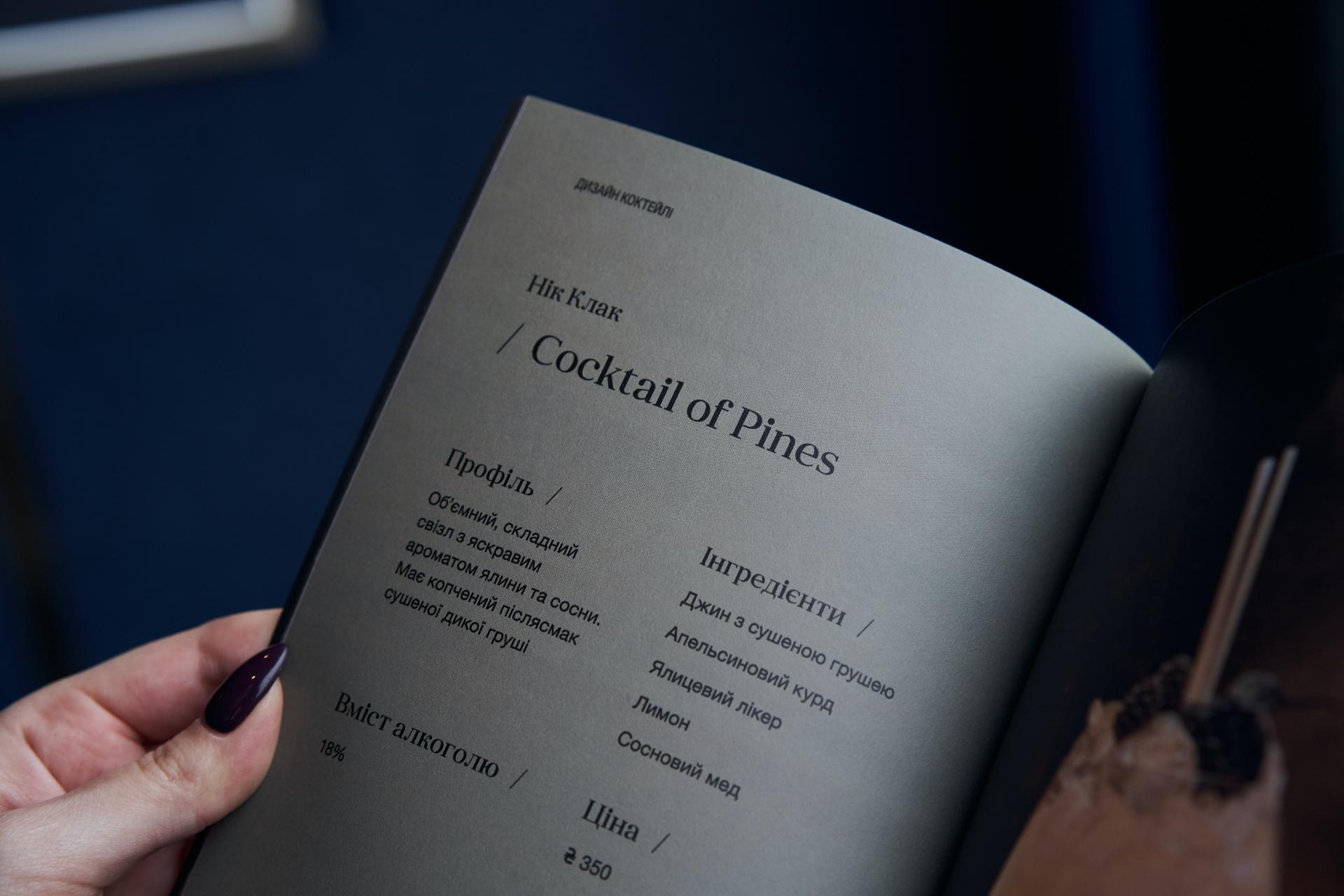
Drink menus are made up of all kinds of liquid preparations that you can offer to your guests.
Therefore, they can be divided into several subcategories depending on the type of drink:
- alcoholic drinks or spirits
- wines
- alcoholic cocktails
- non-alcoholic cocktails or mocktails
- smoothies or milkshakes
- smoothies
- juices or natural juices
- commercial drinks
- Mixed drink menus
Most restaurants do not offer a separate menu for drinks. However, if it is a restaurant bar, it is more possible that a separate menu will be offered for drinks.
Some fine dining restaurants also have spirit menus, cocktail menus, wine menus, and more in the same restaurant.
In ordinary restaurants, it is more possible to find commercial drink menus and even mixed menus with various types of drinks.
These types of menus do not have many advantages unless of course, your business profits from selling drinks — which is very likely the case if you sell booze!
Physical and Digital Menus
The fourth category includes physical and digital menus, which can be any of these types of menus, with the only difference being the format used.
Physical Menus
Physical menus are the most used in all types of restaurants.
They can use various types of layouts, such as single-sheet menus, triptych menus, book menus, and more.
They are cheap (although this depends on their quality), easy to use, and easy to replace.
Even so, they represent a constant expense for your restaurant, due to the printing of new menus.
Digital Menus
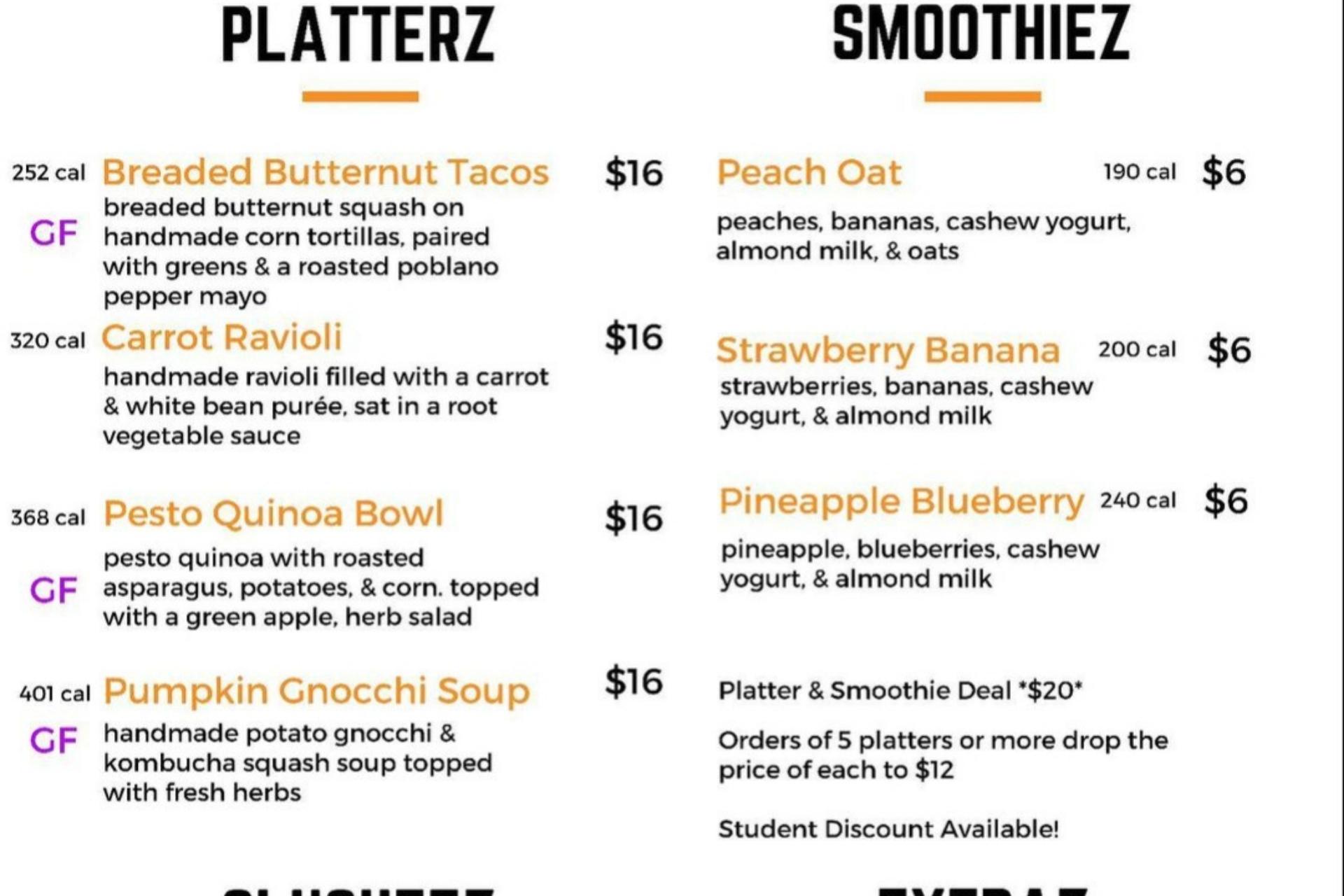
Digital menus are those that can be viewed on all kinds of digital devices, such as computers, laptops, telephones, and tablets.
These types of menus can be divided into several categories depending on the chosen digital format:
- Menu in JPG or PNG image format — perfect for posting on social networks.
- Menu in PDF format — a ready-to-print format that you can view in high-definition using PDF readers.
- Menu apps for smartphones.
- Your restaurant’s website.
Each of these types of menus have different benefits, such as offering online orders, attracting customers, or that they can be downloaded by your guests to place orders at any time.
Currently, having a digital menu is crucial for any restaurant for different reasons, such as to avoid contagion of Covid-19, or because of the popularity of the online ordering and delivery format.
You’re not offering online orders and delivery at your restaurant? Try out the Waiterio POS and set up your website in a few minutes!
How to Choose the Best Type of Menu for Your Restaurant?
Choosing the best type of menu for your restaurant involves many things — from the concept of your restaurant to the type of diners you have or hope to have.
It is a good idea to consider:
- The ease of use
- The preferences of your target audience
- The profitability of the menu you want to apply
- If you have all the necessary equipment so that the menu can be viable and sustainable
- The investment you must make to implement the menu
- And more
And that doesn't even cover the importance of menu engineering and menu design.
Still, it is a complex issue, which can be the difference between having good sales and having a failed restaurant after a few months.
Have you chosen the correct menu for your restaurant?
